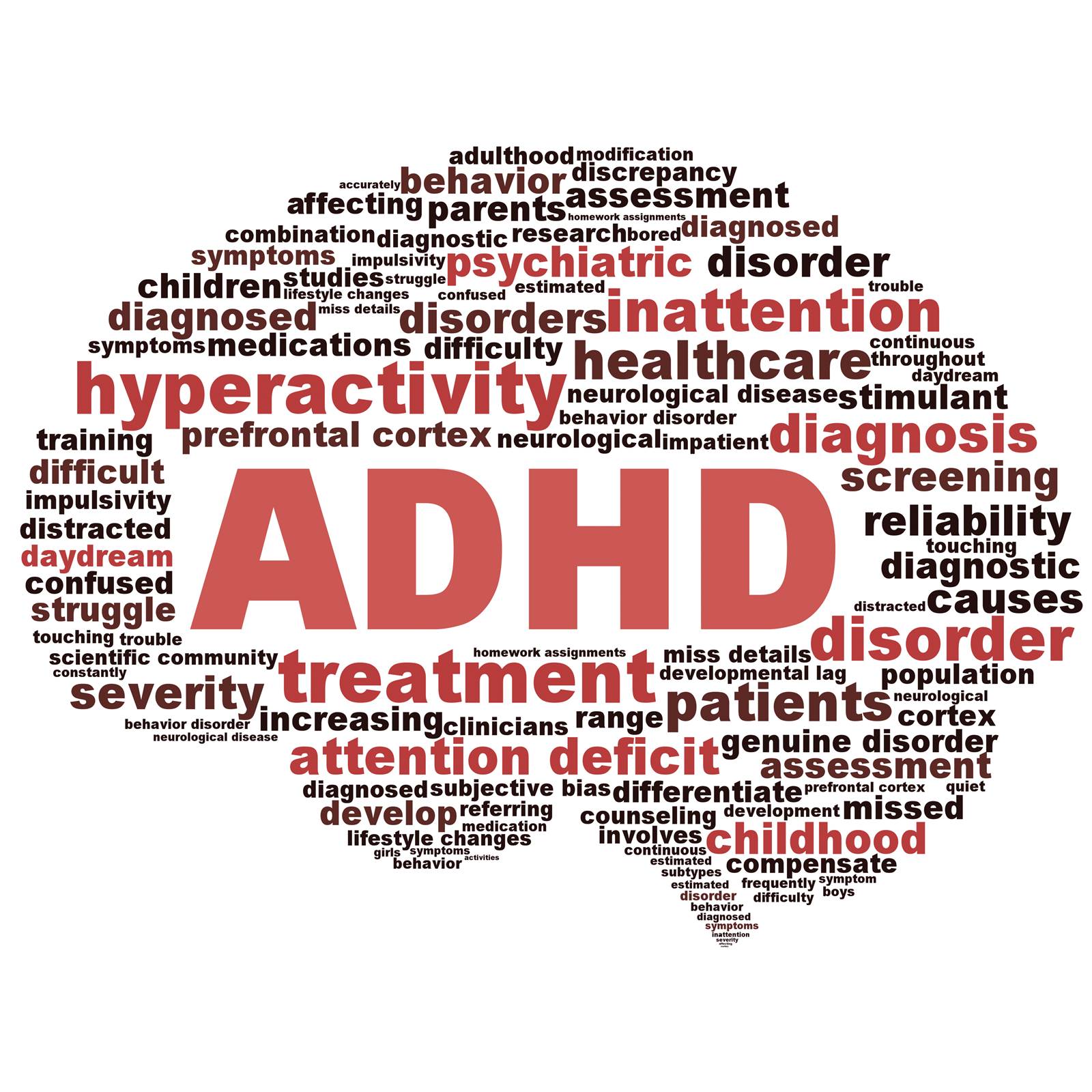Starting off:
Attention Deficit Hyperactivity Disorder (ADHD) is a neurodevelopmental disorder that makes it hard to stay focused, control urges, and keep activity levels in check. ADHD has been generally seen as a problem at work, but more and more people are realizing that it can work well with leadership roles, especially when combined with mindful practices. This piece will talk about the unique problems that people with ADHD face when they are in leadership roles. It will also talk about mindfulness-based strategies that can help them be better leaders.
Understanding ADHD in the Context of Leadership:
Being a leader requires a lot of different mental and behavioral skills, such as the ability to concentrate, organize, make decisions, and keep your emotions in check. Because of changes in their brains, people with ADHD often have trouble with these skills. But people with ADHD also have strengths like being creative, flexible, and tough, all of which can be useful in leadership jobs. For people with ADHD to be good leaders, they need to be able to see their skills and use them while dealing with problems.
Challenges Leaders with ADHD Face:
Leaders with ADHD often face problems in different parts of their jobs. Some of these are having trouble staying focused during long projects or meetings, acting on impulses that lead to quick decisions, and having trouble managing time and staying organized. Managing stress and emotions can also be hard for people with ADHD, which can make it harder for them to inspire and encourage others.
Mindful Leadership: Using Strategies That Are Good for People with ADHD:
Mindful leadership means making leadership methods more aware, focused, and compassionate. Mindfulness practices can help leaders with ADHD be more successful and feel better about their health. These mindful leadership techniques are good for people with ADHD:
Building Self-Awareness:
Leaders with ADHD can benefit from getting to know their skills, weaknesses, triggers, and behavior patterns on a deeper level. Mindfulness techniques, like journaling and meditation, can help you think about yourself and become more self-aware. People with ADHD can change how they lead by realizing how their ADHD affects their style. This way, they can make plans to deal with problems and use their strengths.
Accepting Flexibility:
Traditional ways of leading tend to stress rigid structures and plans, which may not work for people with ADHD who like things to be more flexible. They can meet their need for variety and spontaneity by making work processes and contact channels more flexible. Leaders can create a setting where creativity and innovation can thrive by encouraging their teams to try new things and be flexible.
Setting priorities:
Leaders with ADHD need to be able to handle their tasks well so they don’t get too busy and lose focus. Using methods like the Eisenhower Matrix or the Pomodoro Technique can help you organize your work by putting tasks in order of importance and urgency, and taking breaks regularly can help you avoid getting burned out. It can also be less scary and more productive to break up big jobs into smaller, more manageable tasks.
Mindful Decision-Making:
People with ADHD often feel impulsive, which can make them make choices quickly or without giving them much thought. Mindful decision-making means stopping to notice your feelings and thoughts before acting on them without thinking. “STOP” (Stop, Take a breath, Observe, Proceed mindfully) is a practice that leaders can use to make time for reflection and look at things from different points of view before making big choices.
Building Support Networks:
Being a leader can make you feel alone, especially if you have ADHD and find it hard to keep ties and ask for help. Solid support networks, both inside and outside of the company, can offer helpful advice, feedback, and support. Peer mentoring programs, professional coaching, and networking groups for people with ADHD can help them feel like they fit and make friends.
Working to improve work-life balance:
Keeping a healthy work-life balance is important for avoiding burnout and staying healthy in the long run. Setting clear boundaries between work and personal life, putting self-care tasks at the top of the list, and doing hobbies or interests outside of work can help leaders with ADHD. Encouraging team members to put their own health and happiness first sets a good model and builds a culture of balance and strength.
People in leadership positions with ADHD face unique challenges, but they also have unique skills that can be used by using mindful leadership techniques. Leaders with ADHD can improve their efficiency and well-being by becoming more self-aware, being flexible, setting priorities, making decisions mindfully, forming support networks, and encouraging a balance between work and personal life. People with ADHD can do great as mindful leaders, driving innovation and creating good organizational cultures by reflecting on themselves, adapting, and showing compassion.


